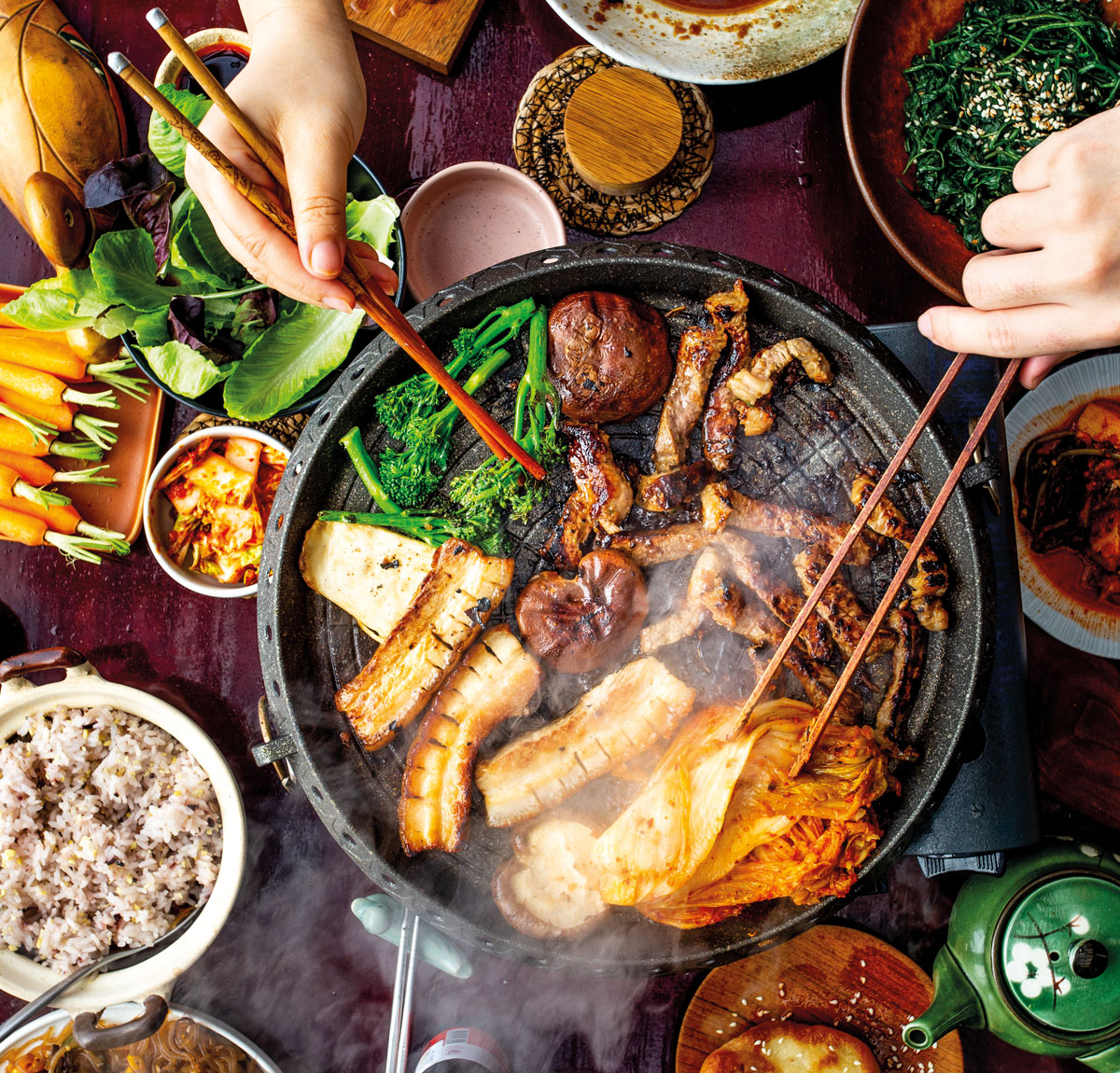An expert’s guide to making the best kimchi ever
While we might know a thing or two about food, there comes a time when we defer to the experts. Kimchi, the fermented cabbage condiment commonly found in Korea, is one such example. And when it comes to making the best kimchi, there’s only one person to ask – Sepial Shim of Allium and Ugly Dumpling in Cape Town.
What are your tips for making kimchi?
“Always ensure you’ve added the correct amount of salt when you brine. The period you brine the main veggies is also quite critical. It’s not easy to set one golden rule because vegetables are different depending on the seasons. Remember that trial and error is always good.”
What are the best ingredients to use in kimchi?
“Look for good quality gochugaru. You want something bright and deep red, not orange in colour,” says Sepial. Gochugaru is a chilli powder made from seedless chillies found in Korea, and has a somewhat sweeter flavour, with a bit of umami as well. “If you can’t find it, blend a couple of local chillies and some paprika to make something similar,” says Sepial. Gochugaru forms part of the paste that gets mixed into whatever you’re turning into kimchi (mostly sliced cabbage). Along with the spice, Sepial adds garlic, ginger, apple and pear, spring onion and onion to her kimchi paste. “Don’t add too much carrot as some Korean recipes suggest, please,” she advises. “South African carrots are much sweeter and more overpowering than those available in Korea.” Fish sauce and dried shrimp paste are also great additions, provided you’re not serving this to vegetarians or someone with a shellfish allergy.
If you can’t handle the heat…
Kimchi is known for being spicy, however, this isn’t a hard-and-fast rule, says Sepial. “You can make kimchi without chilli. It’s called ‘baek kimchi’, which means white kimchi,” she says. However, you can’t simply omit the chilli. “You have to replace the preservation and germ-killing properties of chillies with something else,” warns Sepial. You can add more garlic, onion and ginger and more apple or pear to balance the flavour better.
How else should we eating kimchi?
When it comes to eating kimchi, the possibilities are endless. Sepial suggests eating freshly made, or “quick” kimchi with boiled pork, bossam-style. “Or, use overripe kimchi to make a broth or pancakes,” she says. “I also love kimchi-fried rice and stir-fried kimchi with egg!”
 Get the recipe for pork belly bossam here.
Get the recipe for pork belly bossam here.
A last word of encouragement
“Don’t give up if your first kimchi isn’t great. You will make a good one eventually,” promises Sepial. “Also remember there is good kimchi and bad kimchi available to buy in South Africa. Some are really terrible. Sometimes my own kimchi is not great!” she admits. There are so many factors that make your kimchi amazing (or not). Please don’t give up until you find your own perfect recipe. Kimchi has lots of probiotics and the fibres in kimchi are good for your gut. You can use kimchi as a condiment or as a dish by itself. I hope you enjoy your life with some kimchi.”
View this post on Instagram
If you’re serious about kimchi, join Sepial on one of her kimchi workshops. “I give away all the trade secrets, plus a good-quality mother kimchi so that you can use the kimchi juice for the next batch you make at home.”
Sepial's quick kimchi
1 spring onion, thinly sliced diagonally and rinsed
¼ onion, thinly sliced and rinsed
1 apple, puréed
1 t ginger, crushed
1.5 t garlic, crushed
1 T chilli powder (or paprika and peri-peri; the ratio depends on your preference)
2 T fish sauce (for vegan, use salt to taste)
salt, to taste (about 1 t)
sugar, to taste (about 1 t)
½ cabbage, thinly sliced
Mix all the ingredients except the cabbage and sesame seeds to make a paste. Add the thinly sliced cabbage, mix gently and sprinkle over the sesame seeds. Add extra fish sauce to taste if necessary.
Find more of Sepial's recipes here.


Comments